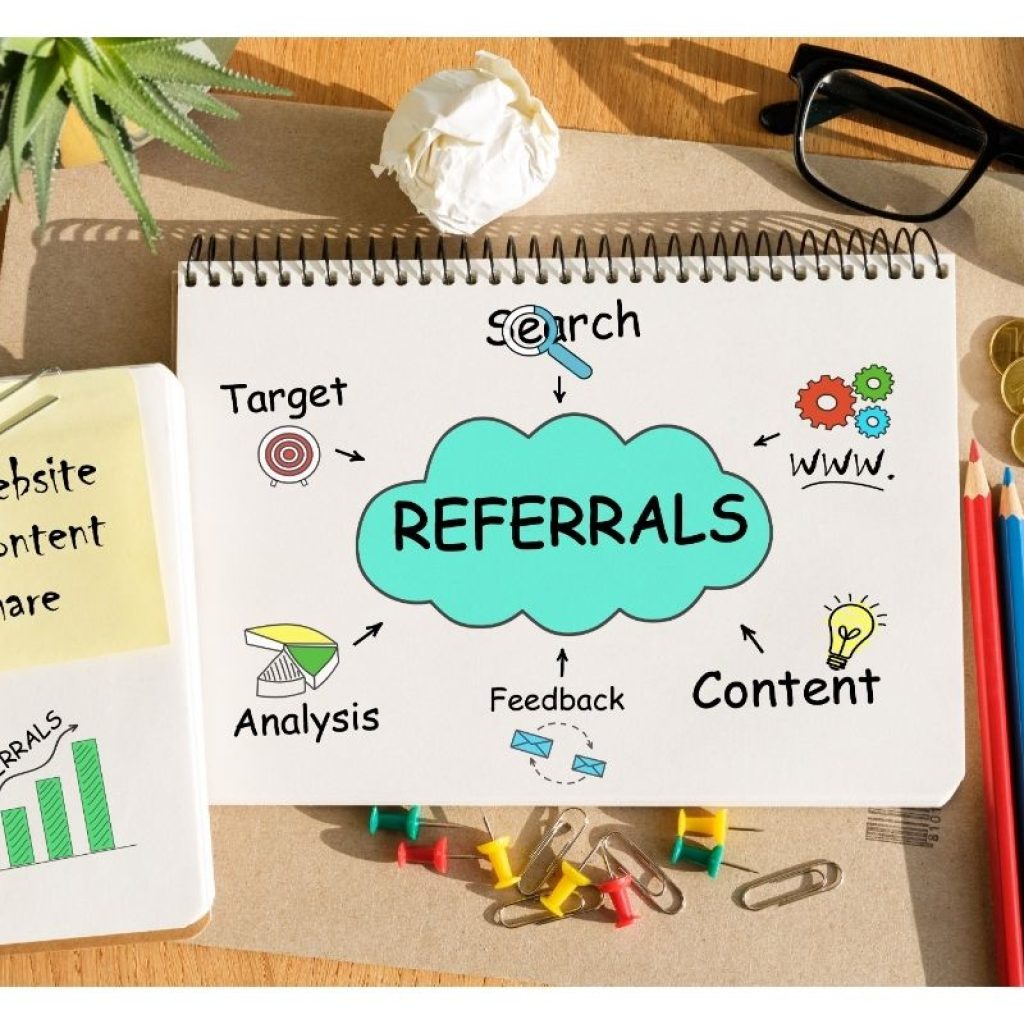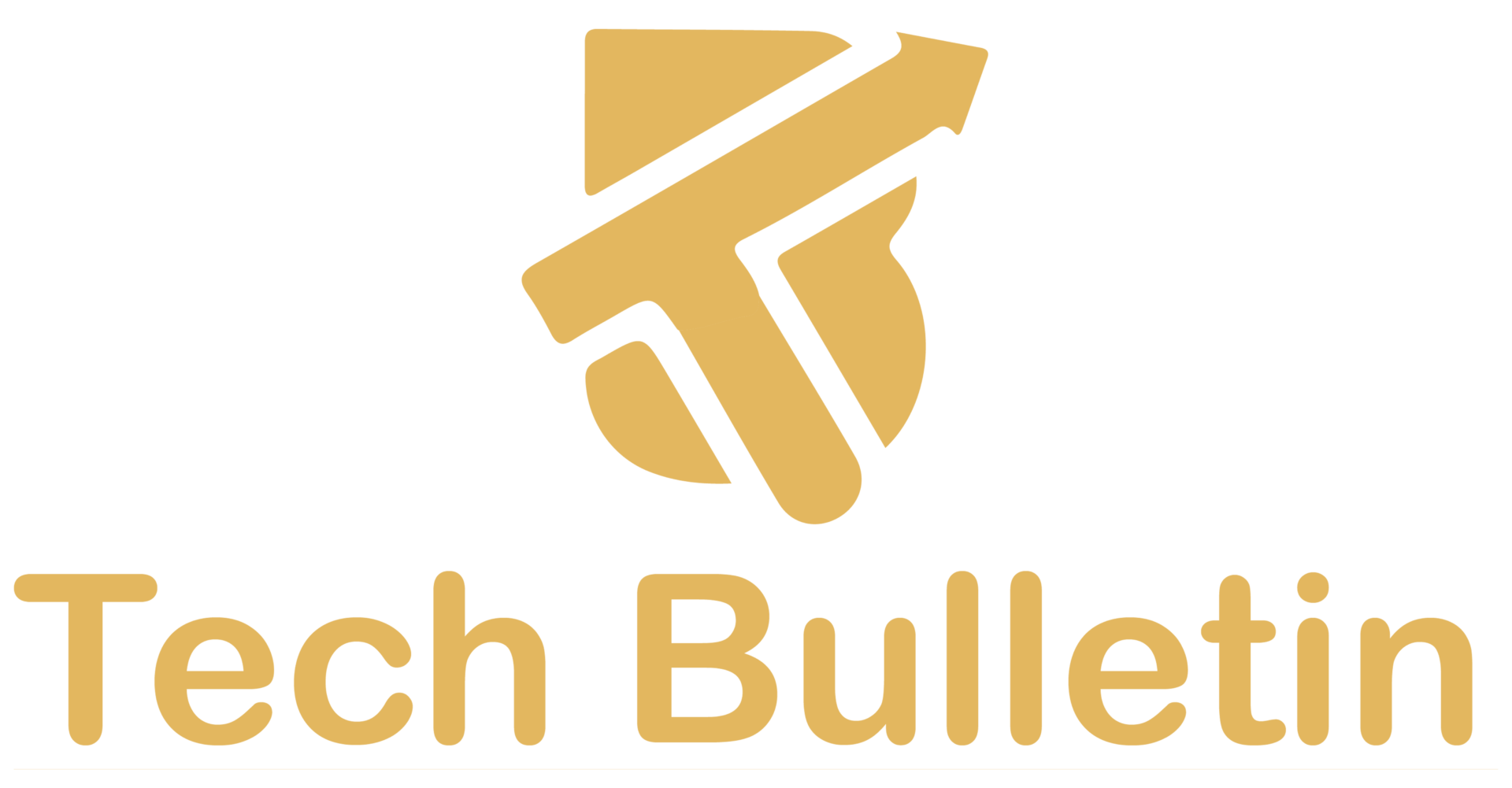Real Estate Workflow Automation Secrets Agents Don’t Share

When you hear the phrase real estate workflow automation, you might picture fancy tech dashboards and complex systems only big brokerages can afford. But the truth? Behind the scenes, savvy agents are already using quiet automation hacks to save hours, close more deals, and stay ahead of competitors. The best part is, most don’t talk about it openly—because once you see how it works, you’ll wonder how they ever got so much done without it.
Let’s uncover the secrets.
Why Real Estate Workflow Automation Is a Game-Changer
Every real estate agent juggles dozens of moving pieces. Listings, contracts, client follow-ups, inspections, and endless emails. Automation reduces repetitive tasks so you can focus on what matters: building relationships and closing deals.
The Reality of an Agent’s Day
A single day can involve scheduling showings, updating CRM notes, sending marketing emails, and chasing signatures. That’s before you even meet clients.
The Promise of Automation
Automation connects these tasks, trims wasted minutes, and ensures nothing falls through the cracks. Think of it as your invisible assistant, working 24/7.
The Secret Automations Top Agents Use
Not every workflow is worth automating. The real magic happens when you automate the right ones.
Lead Capture and Nurture
Instead of manually responding to new inquiries, automated workflows instantly send a warm, personalised email. Follow-up reminders keep leads warm without effort.
Appointment Scheduling
Forget back-and-forth texting. Tools like Calendly auto-sync with your calendar and let clients book available slots directly.
Document Management

From disclosures to contracts, automated e-signature tools like DocuSign cut paperwork delays. Workflows automatically file signed documents in your CRM.
Post-Closing Drip Campaigns
The relationship doesn’t end at closing. Automated check-ins—“Happy 6 months in your new home!”—keep referrals flowing.
How Real Estate Workflow Automation Actually Works
Automation doesn’t mean replacing you. It means teaching systems to handle repetitive, rule-based actions so you have more time for high-value work.
The Core Elements
- Triggers – An action that starts the workflow (e.g., a new lead fills out a form).
- Actions – The automated response (e.g., send an intro email).
- Conditions – Rules that decide what happens next (e.g., if lead = buyer, then send checklist).
Popular Tools in the Industry
- Zapier – Connects apps like your CRM, email, and calendar.
- HubSpot/Zoho CRM – Automates lead tracking and client communication.
- Trello/Asana – Manages property pipeline stages with reminders.
Comparing Manual Work vs. Real Estate Workflow Automation
| Task | Manual Process | Automated Workflow |
| New Lead Follow-Up | Agent types an email after seeing the alert | Auto email + CRM entry instantly triggered |
| Scheduling Showings | Multiple texts/emails back and forth | Client books directly in synced calendar |
| Document Signing | Print, scan, resend | Digital e-sign + auto-archive in CRM |
| Post-Closing Client Check-in | Agent remembers months later (maybe) | Automated emails scheduled for anniversaries |
The Hidden Benefits Nobody Tells You
Consistency Builds Trust
Clients feel valued when responses are instant, even if you’re busy.
Fewer Mistakes
Automation reduces human error in repetitive tasks like data entry.
More Time, Less Stress
You’ll have hours back each week—time to focus on deals or even just breathe.
When Automation Can Backfire
Not all automation is helpful. If overused, it can make you sound robotic.
Pros
- Saves time
- Reduces human error
- Builds a consistent client experience
- Scales your business
Cons
- Can feel impersonal if poorly written
- Requires setup time and tech learning
- Costs may add up with multiple tools.
Story: An Agent Who Doubled Referrals Overnight

Sarah, a mid-level agent, was drowning in follow-ups. She set up a simple automation: every new client was added to a “milestone” email sequence. Six months after closing, they’d get a friendly check-in. One year later, a note with a referral request.
Within 12 months, referrals became her #1 lead source. She wasn’t doing more work. Her workflows were.
FAQs About Real Estate Workflow Automation
Q1: What is real estate workflow automation in simple terms?
It’s using tools to handle repetitive tasks like emails, scheduling, and document filing without manual effort.
Q2: Do I need to be tech-savvy to use automation?
Not at all. Many tools offer drag-and-drop setups or pre-built templates.
Q3: Can automation replace a real estate assistant?
It won’t replace human touch, but it can reduce the workload that would normally need an assistant.
Q4: Is automation expensive?
Many tools offer free or low-cost tiers. Even premium plans often pay for themselves in time saved.
Q5: How do I start with automation?
Begin with one workflow, like automating new lead responses. Once comfortable, add more.
Q6: Will clients know it’s automated?
Not if you write warm, human-sounding messages. The best automation feels personal.
Q7: Can automation help with compliance?
Yes. Automated systems can ensure documents are signed, stored, and timestamped properly.
Conclusion: Why You Can’t Ignore Real Estate Workflow Automation
Real estate workflow automation isn’t about replacing you. It’s about amplifying you. It ensures every lead gets attention, every client feels cared for, and every document is handled without chaos. The agents who keep this secret gain an edge because they free up time for what truly matters—closing deals and nurturing relationships.
Also read: Workflow Automation for Small Business That Changes Everything
.






